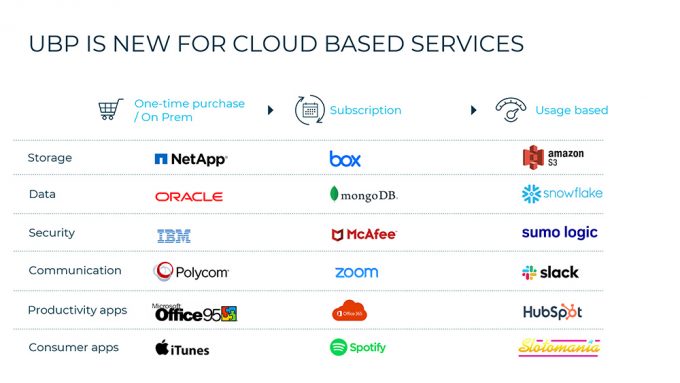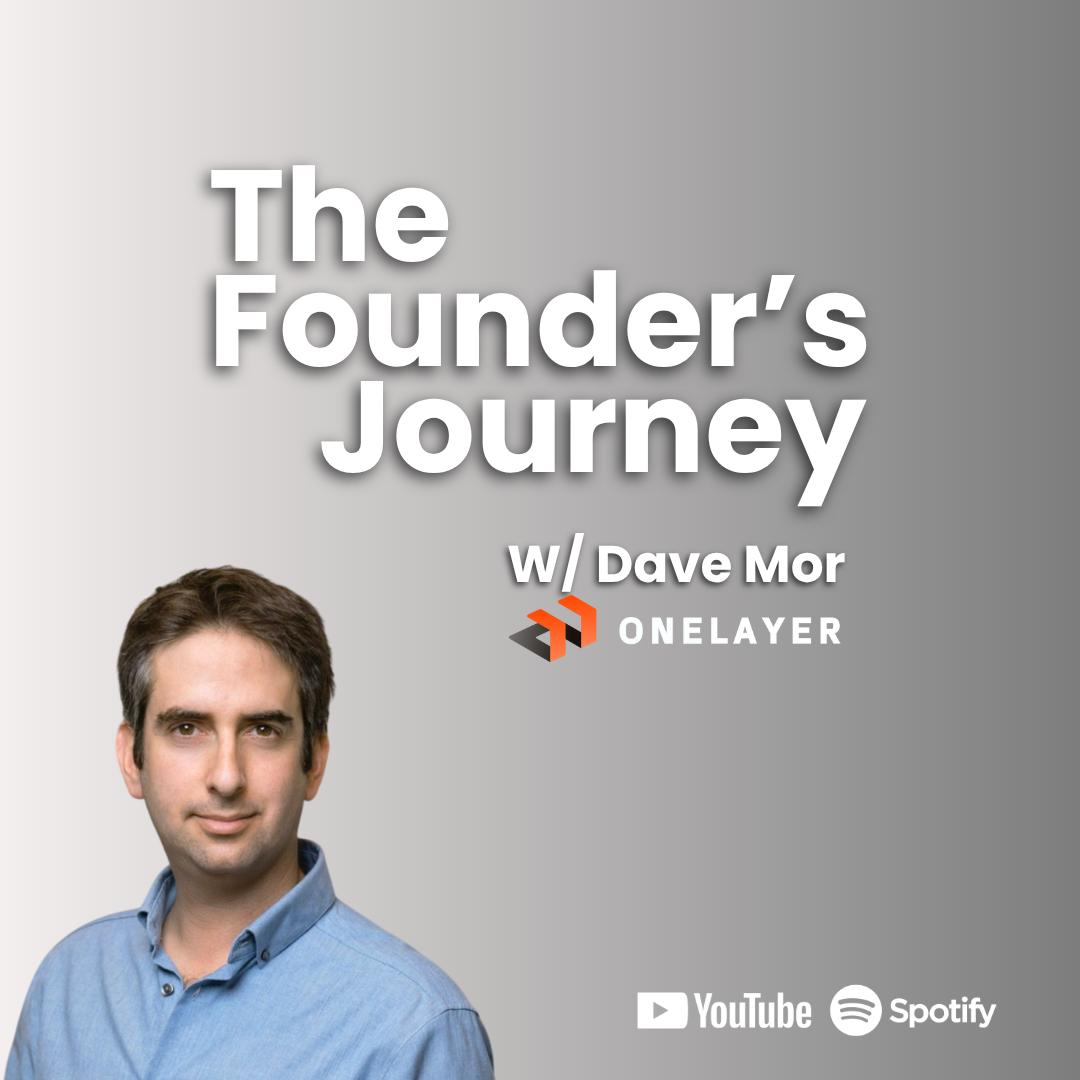As we’ve discussed on our first post of this series, traditional subscription is a fixed, recurring payment. It’s usually tied to the number of users and is uncorrelated with the actual usage of each of those users. It can come in a single tier or multiple tiers, which are based on features set, scale, commitment duration or other factors. An excellent example for this pricing scheme is Zoom’s model.

UBP, on the other hand, is a variable payment model tied to actual usage. It can be in pure form, as a linear function of the usage, or in a tiered step function. Each tier then correlates to a different level of usage or consumption. A good example for this pricing scheme is SnowFlake’s.

But pricing is more than just subscription and UBP. It’s a dynamic domain with complex structures. Different pricing schemes exist across industries, companies and products, and in some cases even for the same product at the same company. Pricing models vary from a one-time fee, to subscription or fixed recurring payments, to usage-based schemes, and so on. The appropriate pricing structure is a product of multiple factors including customer preferences, market standards, competitive dynamics, product nature, and technological capabilities.
UBP has become more popular in cloud-based technologies but we must acknowledge that UBP isn’t new. It’s been around in the utility and communication industries for as long as they’ve existed – we pay for water, electricity, and gas based on consumption.
The pricing evolution we’re witnessing in cloud-based technologies is the most recent step in a years-long transformation. Thanks to advances in enabling technologies, cloud-based services have overhauled their pricing approach. The first transformation was from one-time purchase of on-prem solutions in the 90s and early 2000s to SaaS priced with recurring payments and subscriptions in recent decades. Over the past 20 years, we have seen companies across the technology stack making this shift, starting from storage and data, to enterprise and consumer applications.
Instead of on-prem Microsoft Office 95 we now use SaaS with subscription for Office 365. Instead of Oracle’s on-prem databases, many companies now use SaaS subscription solutions such as MongoDB. And most of us now use subscription-based music apps, such as Spotify instead of the one-time song purchases on iTunes a decade ago.
For many years, subscription was THE approach for pricing cloud-based services and products. Yet, the pricing evolution was far from over. Recent years have shown many cloud-based companies evolve from subscription SaaS to usage-based SaaS. Amazon S3 pioneered the way in storage, Snowflake did so in data, Hubspot and Slack in enterprise solutions and the list goes on.

Now that we’ve established why UBP is a phenomenon worth investigating in SaaS companies, part 3 of this series will address exactly why and when UBP outperforms traditional subscription.
See All Parts
 Usage Based Pricing What Is Usage-Based Pricing and Why Should You Care About It
Usage Based Pricing What Is Usage-Based Pricing and Why Should You Care About It  Usage Based Pricing Why and When UBP Outperforms Traditional Subscription
Usage Based Pricing Why and When UBP Outperforms Traditional Subscription  Usage Based Pricing 5 Key Action Items to Consider When Deploying UBP
Usage Based Pricing 5 Key Action Items to Consider When Deploying UBP  Usage Based Pricing Deploying UBP – Operational and Organizational questions
Usage Based Pricing Deploying UBP – Operational and Organizational questions  Usage Based Pricing Sales Compensation – UBP Edition
Usage Based Pricing Sales Compensation – UBP Edition




